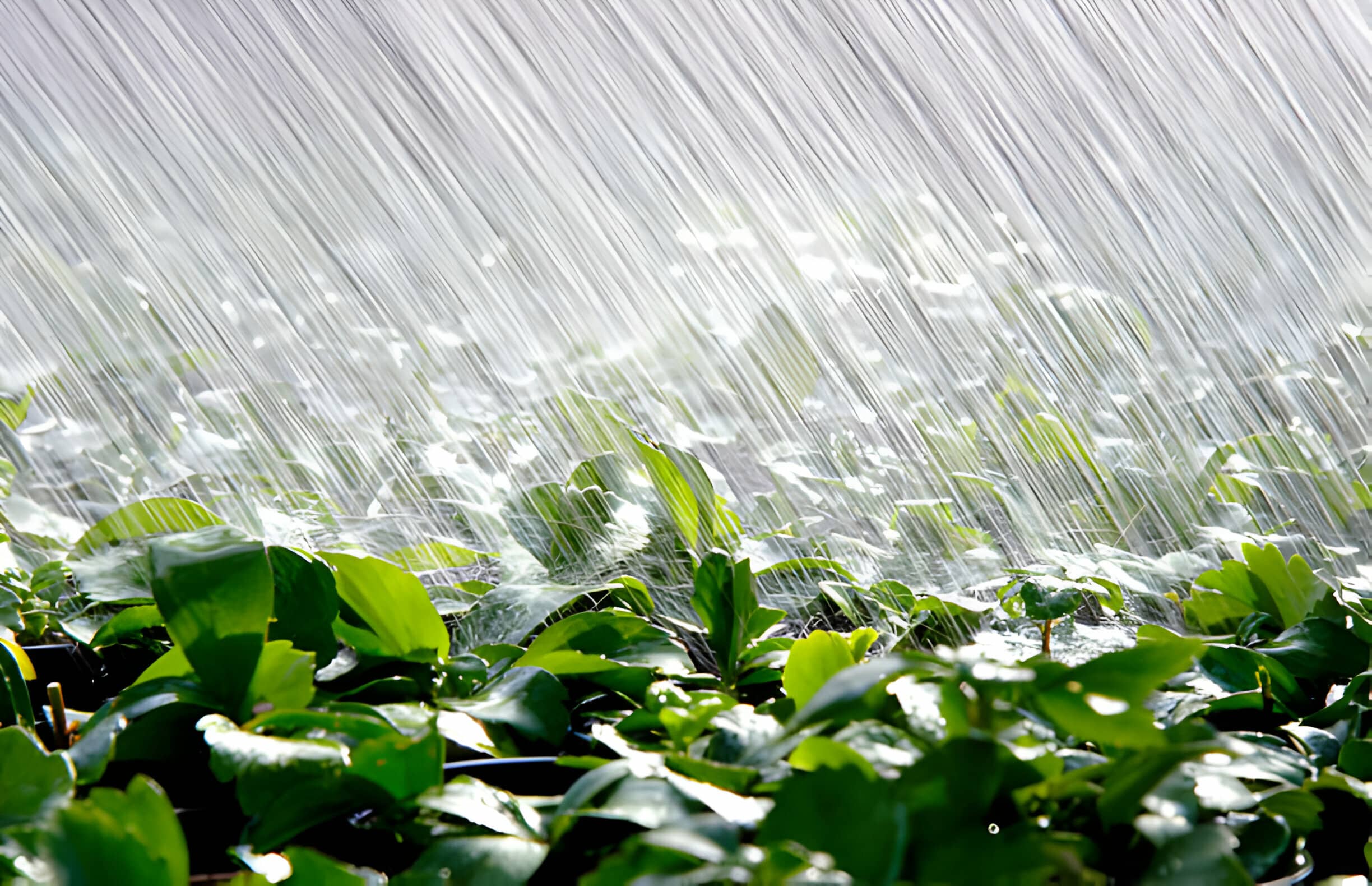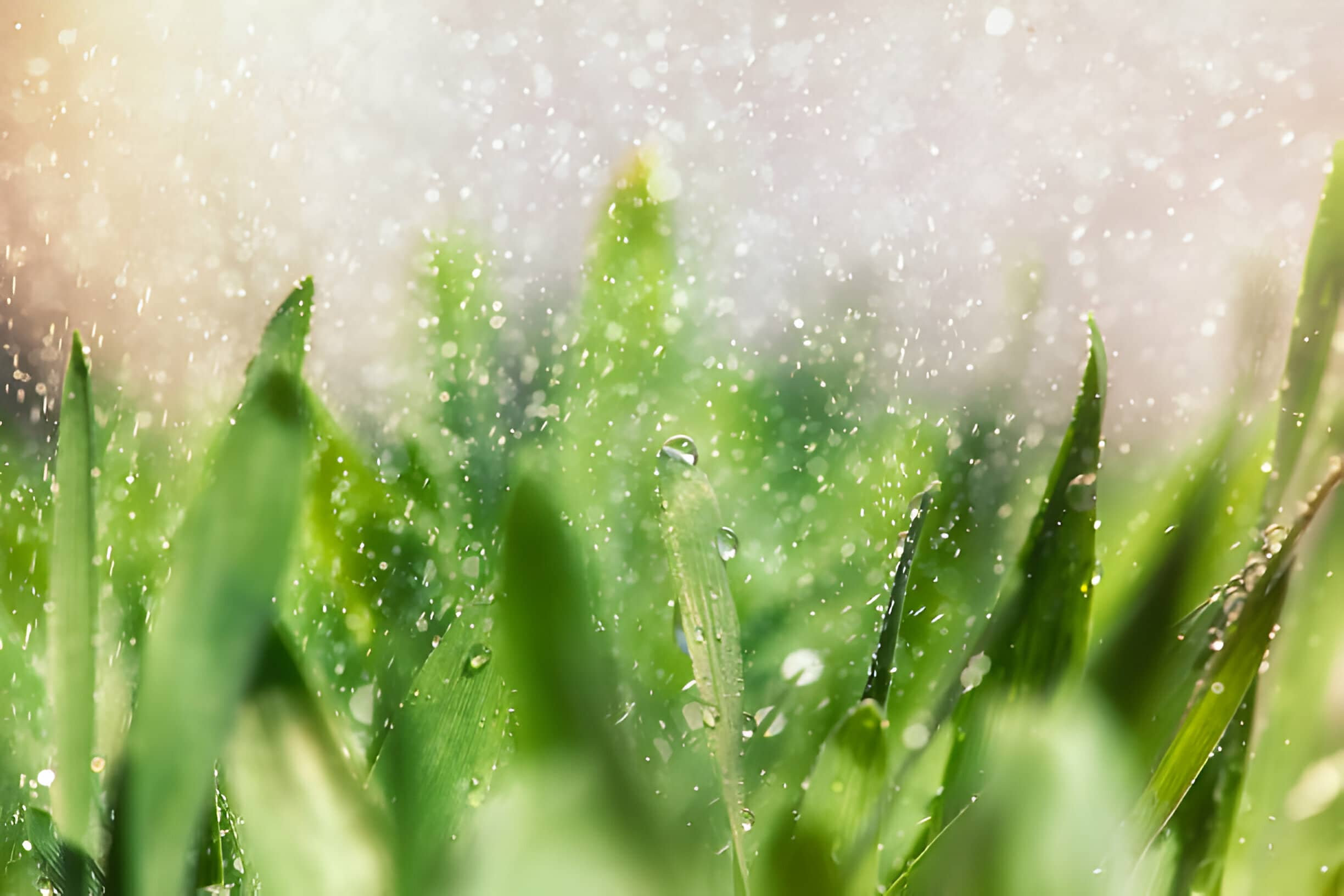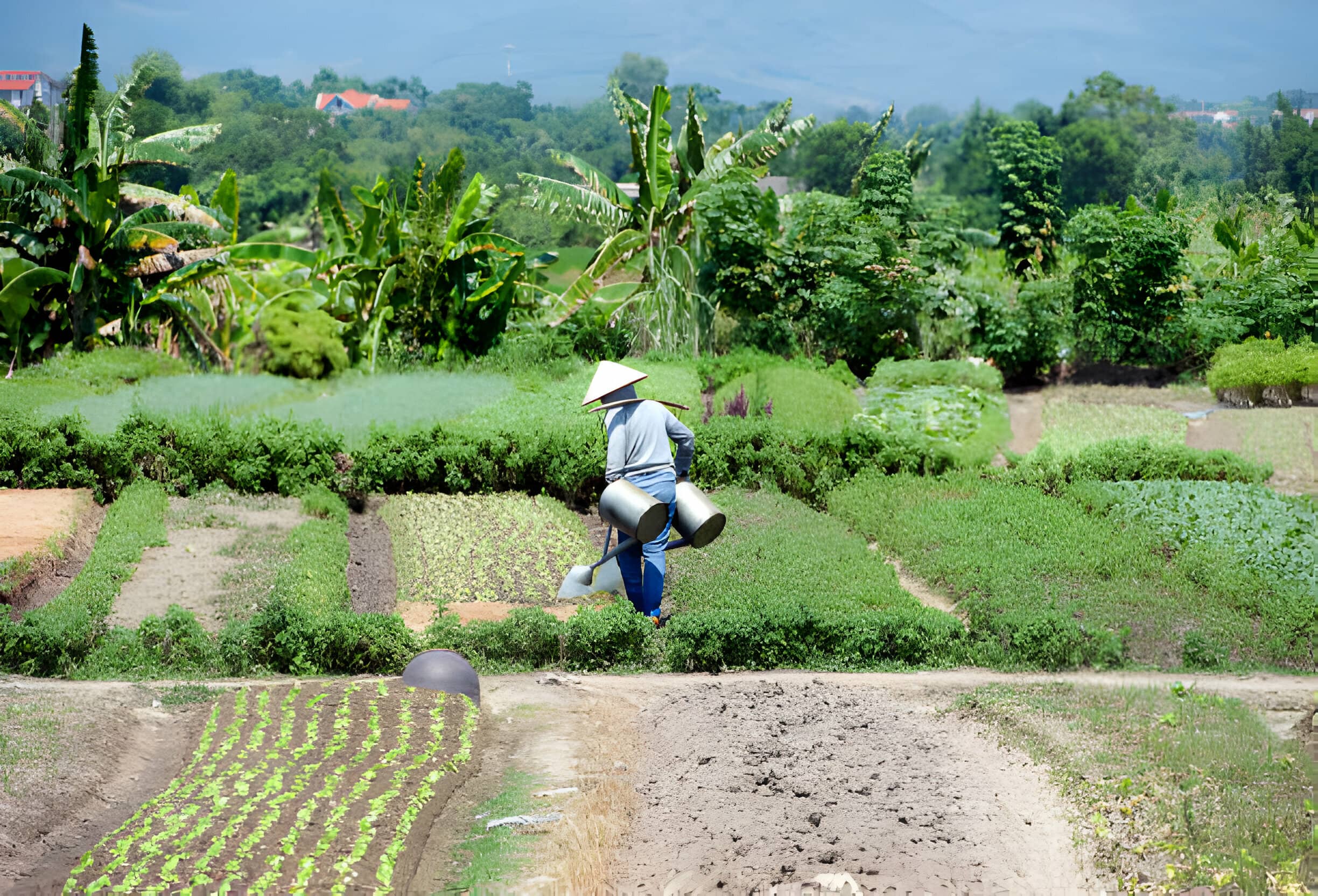Manual irrigation
Watch the video
Principle :
"Manual irrigation" refers to the process of watering plants or crops by hand, without the use of automated or mechanized irrigation systems. In this method, individuals typically use watering cans, hoses, buckets, or other manual tools to deliver water directly to the base of plants or over the soil surface. Manual irrigation is commonly practiced in small-scale gardening, home landscapes, or in areas where access to automated irrigation systems is limited or impractical. While it requires more time and effort compared to automated methods, manual irrigation allows for precise control over water application and can be tailored to the specific needs of different plants or areas within a garden or field.
Advantages :
- Precise control: Manual irrigation allows precise control over the amount of water applied to each plant, which is particularly useful for plants with specific water needs.
- Water saving: By watering manually, it’s easier to avoid water wastage by providing only the amount needed for each plant, thus reducing overall water consumption.
- Flexibility: Gardeners can choose when and where to water based on weather conditions and the specific needs of plants, providing greater flexibility compared to automatic irrigation systems.
Disadvantages :
- Time and labor intensive: Manual irrigation can be tedious and time-consuming, especially in large gardens or crops, requiring significant time and labor investment.
- Risk of under or over-watering: Without strict consistency, it’s easy to under or over-water plants during manual irrigation, which can lead to growth or plant health issues.
- Physical fatigue: Manually watering large areas or sloped gardens can be physically demanding and tiring for the gardener, especially in hot weather.



0
0
votes
Article Rating
Subscribe
Login
0 Comments
Oldest
Newest
Most Voted
Inline Feedbacks
View all comments